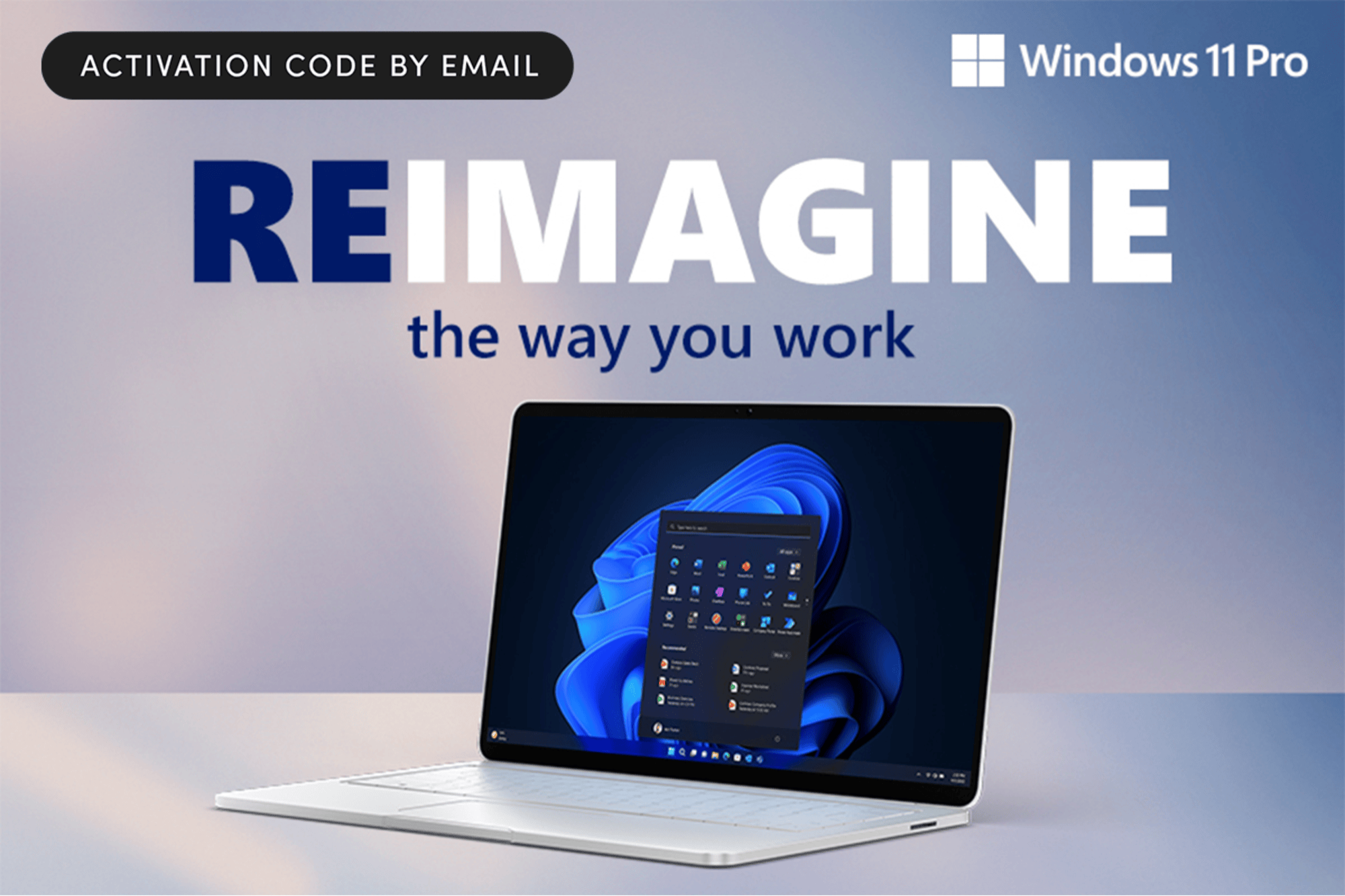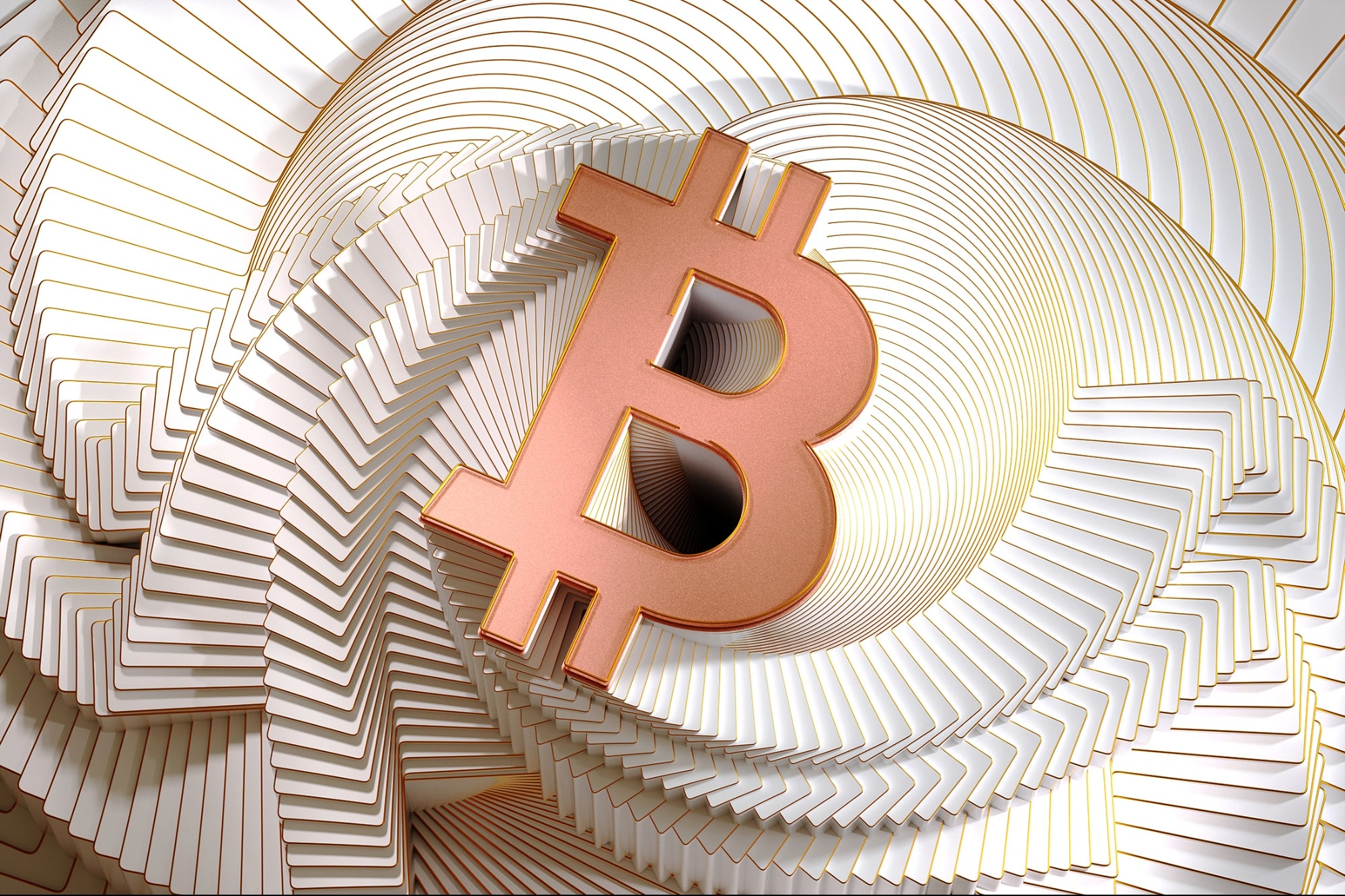Neuromarketing: The Science, Art and Opportunity Neuromarketing providers use neuroscience methods to measure consumers' neurological reactions to products, commercials and brands.
By Andrew Medal Edited by Dan Bova
Opinions expressed by Entrepreneur contributors are their own.

What if you could read minds? I'm slowly becoming more and more intrigued by neuromarketing and the science of being able to read a consumer's mind.
Although, neuromarketing is nothing new. It's been decades since advertisers, product developers and marketers first started using social psychology to influence what we buy. Companies have learned how to exploit basic human behaviors, and use science to understand how consumers react to marketing campaigns, products and eye-deceiving designs.
Related: Goodbye 'Growth Hacking.' Hello Neuromarketing.
Traditional market research has undoubtedly brought great success for big corporations. That's why companies have no issue spending millions of dollars on such studies. But as modern science and technology develop, companies hope for even more accurate answers about consumer behavior towards their products or services.
No company wants their product, in which they have invested so much, to fail. That's why big corporations have turned to neuromarketing. Neuromarketing is a discipline that seeks to understand how marketing stimuli impact people by observing and interpreting their emotional reactions. It focuses on the fact that emotional processes in the brain decide the willingness to buy something (which can better explain the term "impulse buying").
Neuromarketing service providers use neuroscience methods to measure consumers' neurological reactions to products, commercials, brands, etc. Thus, companies assure maximum appeal and immense profits. Although they may offer different services and products, the objective of all businesses is common: to understand our brain so they can manipulate us into desiring what they offer.
Related: 6 Secrets About the Human Brain That Will Make You a Better Marketer
Neuromarketing enables them to do exactly that. By using methods and tools such as EEG or MRI, neuromarketing read electrical signals from the brain and analyze them to provide their clients with the answers they need. For example, a standard measurement tool used by neuromarketing is the EEG (electroencephalogram), which measures our brain's electrical activity.
Here's how it works.
When we are asked to think of something, our brain impulses travel to the motor cortex and make our articulators respond. This process happens so fast that the EEG can capture every impulse. During the half-second from when our brain receives a stimulus, and before it reacts, there's something entirely neurological happening that is free from the control of the conscious (in the subconscious). It's the action before our conscious filters the data because of bias or societal responsibility (think of Malcolm Gladwell's Blink). The EEG promptly reads these electrical waves and relates them to memory, emotions and attention according to the activity in specific areas of the brain. It's fascinating, but this half-second will give an accurate insight of how a person feels when watching a commercial or thinking of a product.
Neuromarketers claim that such methods are more cost effective, but even more important -- much more efficient than traditional methods such as focus groups. A test using neuroscience methods like EEG does not need thousands of people to produce accurate findings. It only requires a sample of just twenty people. The low sample number is because our brains are remarkably similar, although there are differences between females and males or children and seniors.
Related: You'll Market Better and Be More Persuasive Knowing These 10 Brain Facts
Skeptics are fearful about the use of neuromarketing and mass manipulation over consumers. However, it can be determined that these tests can provide companies with valuable information, unlike traditional strategies. With neuromarketing tools they will know how to design products to look, function and feel before they are even ready to hit the market, minimizing risk and maximizing all resources.












